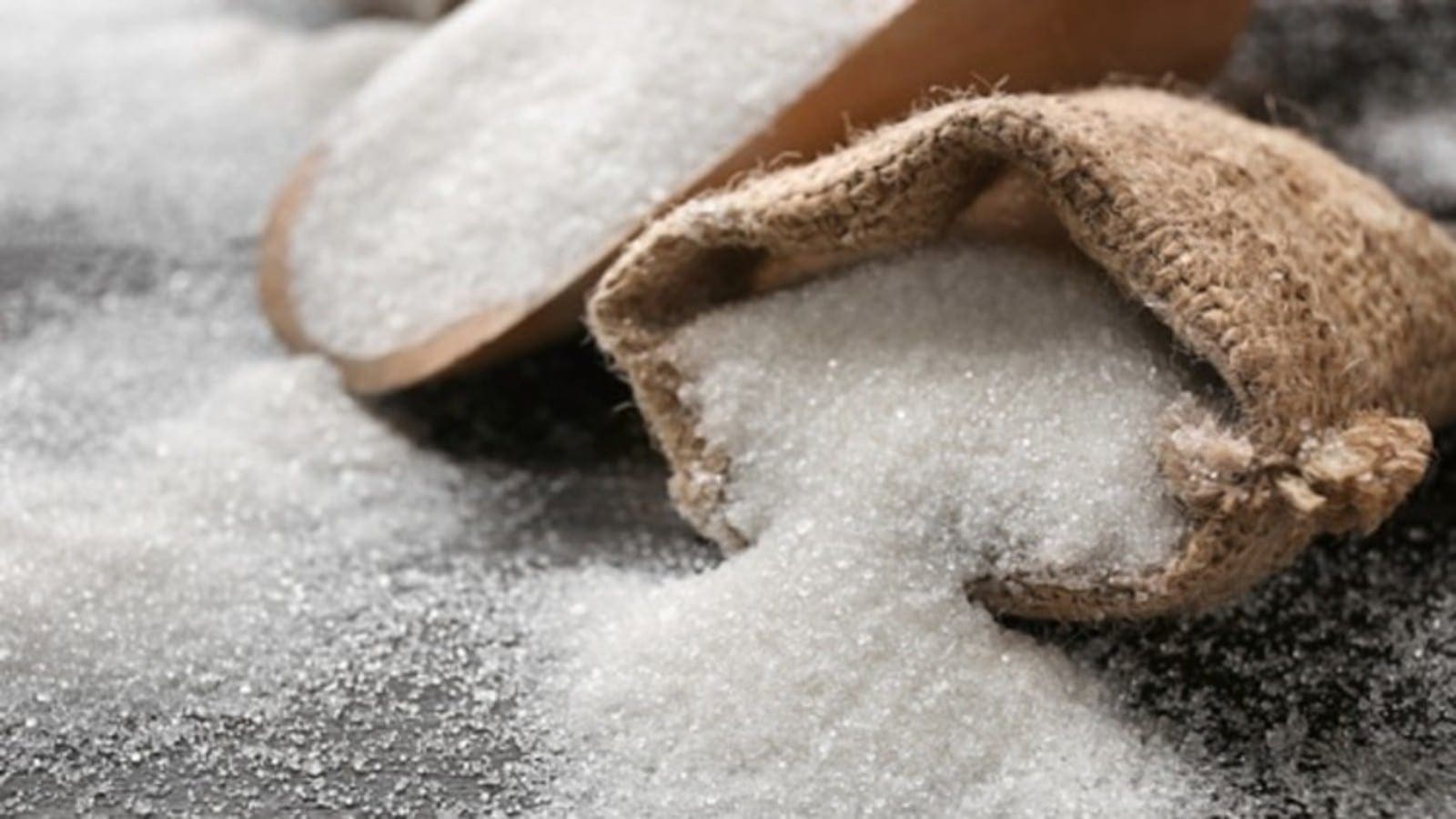SOUTH AFRICA – Troubled South Africa sugar industry expects a 7% fall in raw sugar production to 2 million MT in the 2021/22 Marketing Year (MY), from 2.1 million MT in the 2020/21 MY.
This is attributed to reduction in the quantity of cane delivered to the mills, limited crushing capacity due to the closure of two sugar mills, and a decline in mill efficiencies.
According to a semi-annual report by USDA, production of sugar cane crop is forecasted to fall by 2 percent to 17.9 million MT in 2021/22, down from 18.2 million MT in the previous period.
This is based on cane that was burnt and rejected by sugar mills during the civil unrest in Kwa-Zulu Natal, frost damage in some growing areas in June 2021, and some growers diversifying to other profitable crops such as macadamia nuts, avocados, vegetables, and citrus.
Meanwhile, two sugar mills i.e., Darnall and Umzimkulu were not opened in the 2020/21 or 2021/22 MY due to the financial difficulties faced by the industry.
The Umzimkulu mill has been permanently closed, and the Darnall mill will be temporarily closed in the 2021/22 MY.
The closure of the two sugar mills resulted in growers diverting their sugar cane to other mills, as the operating mills struggled to crush all the cane in both the 2020/21 and 2021/22 MY.
Diversion of cane to other locations has resulted in higher transportation costs as cane is moved over longer distances to mills, as well as the deterioration of cane quality due to the longer period between harvesting and crushing.
Despite most sugar mills opening earlier than usual to lessen the risks of failing to crush some of the cane as was the case in the 2020/21, industry expects a jump in the amount of carry-over cane that may remain uncrushed in the 2021/22.
South Africa champions local sugar consumption
The report further estimates the country’s consumption to continue its strong growth and rise by 2 percent to 1.71 million MT in the 2021/22 MY, from 1.67 million MT in the 2020/21 MY.
This is based on the growth in population and continued improvements in demand from the local industry following various initiatives aimed at promoting the consumption of local sugar as implemented under the Sugar Industry Master Plan.
The South African Sugarcane Value Chain Master Plan to 2030 intends to increase the domestic consumption of sugar by up to 300,000 MT, from 2020 to 2022. The industry has been able to successfully increase demand by 150,000 MT in the 2020/21 MY.
The country’s per capita consumption of sugar in South Africa is about 45 kilograms (kg) per year, which is higher than most countries in the Southern Africa region, whose per capita consumption is below 30 kg per year.
However, South African per capita consumption is still much lower to the U.S. per capita consumption of 68 to 77 kg per year.
Prior to the 2020/21 MY, domestic consumption had been impacted by declining demand of sugar from the beverage sector following the introduction of the tax on sugar sweetened beverages in 2018 and a subsequent increase in the tax in 2019.
Shifting focus to trade of the commodity, South Africa’s sugar exports will plummet to 690,000 MT in the 2021/22 MY, from more than 1 million MT in the 2020/21 MY.
This is based on the slow pace of exports through July 2021, decreased production, low global sugar demand due to the current higher average world sugar prices, and the South African industry prioritizing supplying the growing local market.
The country always exports its surplus sugar regardless of the global prices and sometimes at a loss because domestic sugar regulations stipulate that the price of cane paid to sugar cane growers should be based on revenue obtained from the sugar sales in the local and export market.
As a result, South Africa always exports surplus sugar once the domestic market and the South African Customs Union (SACU) markets are adequately supplied.
Meanwhile, based on the slow pace of imports through July 2021 and commitments by South African manufacturers to utilize local sugar instead of imports, the country is expected to bring into the country lower amount of the commodity to 380,000 MT from 458,215 MT.
Liked this article? Subscribe to Food Business Africa News, our regular email newsletters with the latest news insights from Africa and the World’s food and agro industry. SUBSCRIBE HERE










